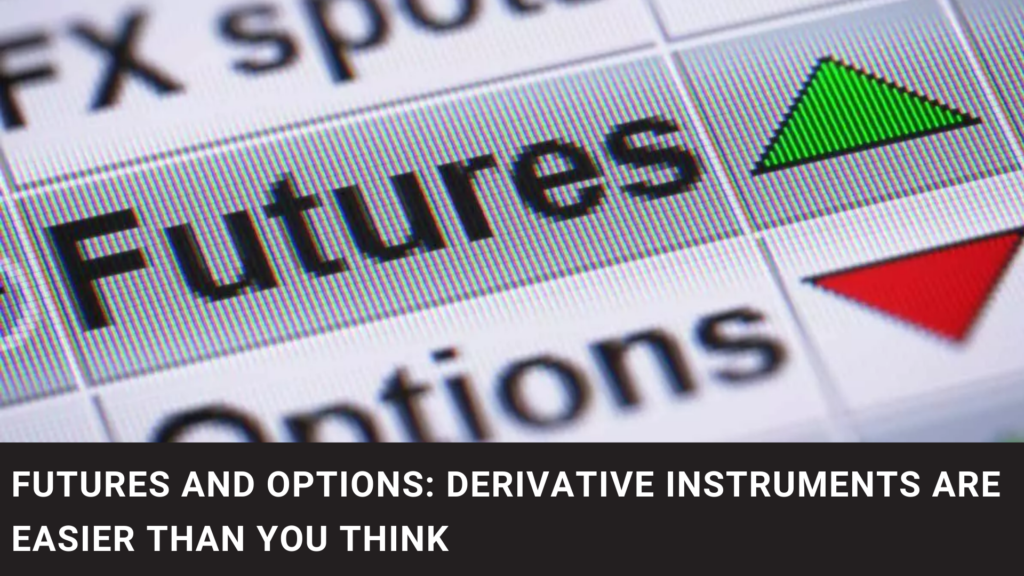
Investing in the financial markets can be a complex endeavour, especially when it comes to derivative instruments like futures and options. These instruments provide investors with unique opportunities to manage risk, speculate on price movements, and enhance their investment strategies.
Understanding these terminologies is the first step you have to take before starting your trading journey., So without further adieu, let’s begin your lesson in understanding futures and options.
What are Futures?
Futures contracts are agreements between two parties to buy or sell an underlying asset at a predetermined price and date in the future. The underlying asset can be commodities (such as oil, gold, or wheat), stock market indices, currencies, or interest rates. Futures contracts are standardized and traded on exchanges, ensuring liquidity and transparency.
What should you focus on?
Hedging:
One of the primary purposes of futures contracts is to hedge against price fluctuations. For example, if you are a farmer and are concerned about the price of wheat falling before your harvest, you can enter into a futures contract to sell your wheat at a predetermined price. This protects you from potential losses if the market price drops.
Leverage:
Futures contracts provide leverage, allowing investors to control a larger position with a smaller upfront investment known as the margin. However, leverage magnifies both potential gains and losses, making futures trading a high-risk endeavour.
Margin and Mark-to-Market:
When trading futures or participants are required to maintain a margin account. This is a deposit that acts as collateral for potential losses. Additionally, futures positions are marked to market daily, meaning gains or losses are settled each day based on the current market price.
Options – What are they?
Options are financial instruments that provide the buyer with the right, but not the obligation, to buy or sell an underlying asset at a predetermined price and date in the future. Unlike futures contracts, options offer the flexibility to choose whether to exercise the contract or let it expire.
Key points to focus on:
Call and Put Options:
There are two types of options – call options and put options.
A call option gives the buyer the right to buy the underlying asset, while a put option gives the buyer the right to sell the underlying asset.
Premium:
Options have a price called the premium, which is paid by the buyer to the seller. The premium represents the cost of holding the option and is influenced by factors such as the time until expiration, the volatility of the underlying asset, and the strike price.
Limited Risk:
As an option buyer, your risk is limited to the premium paid. This means you have the potential for unlimited gains (in the case of a favourable price movement) with a known and limited risk.
Options Strategies:
Options can be used in various strategies, such as buying or selling calls or puts, creating spreads, or combining options with other financial instruments. These strategies can be used to hedge positions, generate income, or speculate on price movements.
Final Note:
It is essential to note that both futures and options trading involve risks, including the potential for substantial losses. Due to the complexities involved, it is recommended that investors thoroughly educate themselves and seek guidance from professionals before engaging in derivative trading.
Futures and Options are powerful financial instruments that provide investors with opportunities for risk management, speculation, and enhanced investment strategies. Understanding the basics of futures and options, including their purpose, key terms, and risk factors, is crucial for anyone looking to venture into the world of derivatives. With careful research, education, and risk management, investors can effectively incorporate futures and options into their investment toolkit.